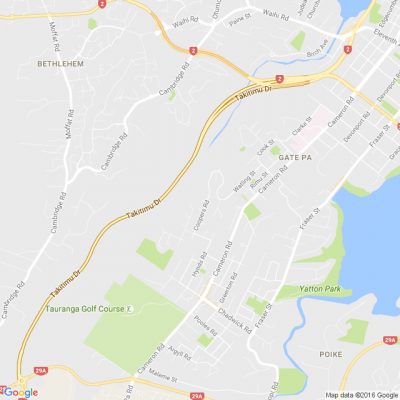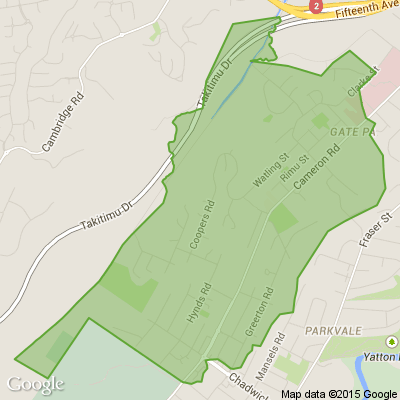What is Yarn: What It’s Made From, How You Make It and More
When researching or reading about different fabrics, you are likely to see the word yarn mentioned a lot. ‘Made from spun yarns’ or ‘with synthetic yarns’ are a couple of examples. But what is yarn? What is spun yarn? Are there other types? What does it all mean, and how much relevance does this bear to your final fabric? That’s what we are here to look at in a little more detail.
What is Yarn?
Yarn is a length of fibres. That’s the simplest way to explain it. It is a continuous length of fibres which are interlocked, and it’s used to produce fabrics, as well as in crocheting, knitting, embroidery and ropemaking.
This means that we can split yarn into two different ‘categories’ of sorts. The thread that is used for embroidery or in sewing machines, as well as yarn (commonly known as balls-of-wool) used in crafts such as knitting or crocheting, are long lengths that are bought as yarns.
The alternative would be a yarn which is then knitted or woven into a fabric. The textile is then bought as fabric, in lengths, rather than the yarn itself being purchased separately. This second description is the one that we will explore further in this post.
What is Yarn Made From?
Yarn can be made from such a variety of different fibres. This includes both natural and synthetic fibres. The most common plant fibre is cotton, however, you can also use other natural fibres such as bamboo. Alongside cotton, the synthetic polyester fibre makes up the two most commonly used fibres. Animal fibres are also often used, such as wool, harvested from sheep, as well as cashmere (harvested from goats) Angora (from rabbits) and silk (from insect larvae).
What is the Difference Between Spun and Filament Yarn?
Spun yarn is made by twisting staple fibres together in either an S or Z twist, to make a single thread. The process of twisting the fibres together into yarn is called spinning and it was one of the first processed to be industrialised. Spun yarns can contain a single type of fibre, or you can spin various types of fibre together to give you a blend.
Filament yarn is made up of filament fibres which are either twisted together or simply grouped together. It can either be composed of one filament, which is called a monofilament, or it could be made of more than one, in which case it would be known as a multifilament. This can be as few as two or three filament fibres, or even up to 50, or more.
Keep reading: www.curtainclean.co.nz...

The latest product recalls
We are bringing you the latest list of recalled products from across the country. Make sure you aren't using these at home!
Click on the blue text to learn more about that particular product and why it was recalled.
Food and household item recalls:
Akaroa King Salmon brand Mānuka Cold Smoked Slices and Trim
Tom & Luke Low Carb Snackaballs
Woop brand Pistachio Dukkah
Product Recalls: Infant care and clothing
Zummi Monaco 4-Wheel Travel System - Sold at Farmers
Product Recalls: Toys
⚠️ Asbestos risk in Galt branded Mini Makes Sand Stickers
⚠️ Asbestos risk in Licensed Sensory Activity Sets: Frozen, Bluey and Paw Patrol - Sold at Kmart
⚠️ Asbestos risk in Make Your Own Unicorn Sand Ornaments- sold at Kmart
⚠️ Asbestos risk in Coloured Sand for Unity Ceremony - 200 gram bags
⚠️ Asbestos risk in Coloured sand by Creative Sand
⚠️ Asbestos risk in MIKI Sand Art Set
⚠️ Asbestos risk in Rainbow Sand Art Toy- sold at various discount stores nationwide
⚠️ Asbestos risk in Craft Sand 380g
Pop & Surprise Playset- sold at Kmart
Product Recalls: Cosmetics
Endota Mineral Protect SPF50 Sunscreen
Bondi Sands Zinc Mineral Broad Spectrum UVA & UVB Protection Sunscreen SPF 50+ Face Lotion 60ml and Body Lotion 120ml
Product Recalls: Electronics
E-LOK Gateway Wall Plug
Mecca 240V Single Vertical Heated Towel Rail NRV902H
3M ™ Versaflo ™ TR-802E Powered Air Purifying Respirator Motor/Blower
Sigenergy- SigenStor EC 8.0/10.0/12.0kW SP AU Energy Controllers with quick connect AC plug
Sylvan SLG02 Wif Hub power adapter
Product Recalls: Other
⚠️ Asbestos risk in Handmade Gummy Worm earrings and Salted Pretzel earrings sold at Joy's Handmade Boutique
Ello Glass 10pc Meal Prep Set - sold at Costco
Check the New Zealand Transport Agency's handy vehicle recall list here.
See past months' recalls. Stay safe, neighbours!
Poll: Are our Kiwi summer holidays helping us recharge, or holding the economy back? ☀️🥝
There’s growing debate about whether New Zealand’s extended Christmas break (and the slowdown that comes with it) affects productivity.
Tracy Watkins has weighed in ... now it’s your turn. What’s your take? 🤔

-
73.2% We work hard, we deserve a break!
-
15.7% Hmm, maybe?
-
11.2% Yes!
Brain Teaser of the Day 🧠✨ Can You Solve It? 🤔💬
How many balls of string does it take to reach the moon?
(Peter from Carterton kindly provided this head-scratcher ... thanks, Peter!)
Do you think you know the answer? Simply 'Like' this post and we'll post the answer in the comments below at 2pm on the day!
Want to stop seeing these in your newsfeed? No worries! Simply head here and click once on the Following button.













 Loading…
Loading…








